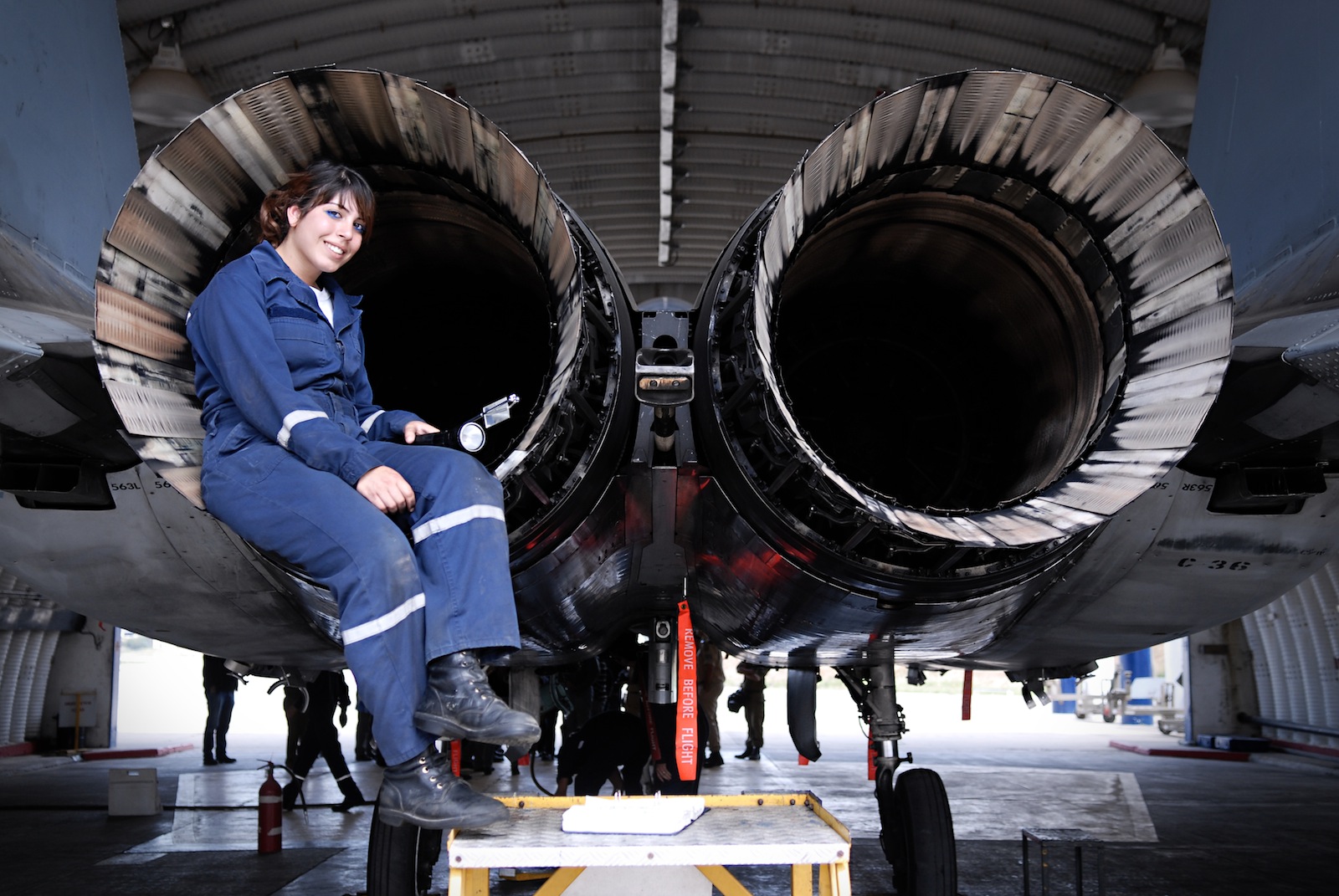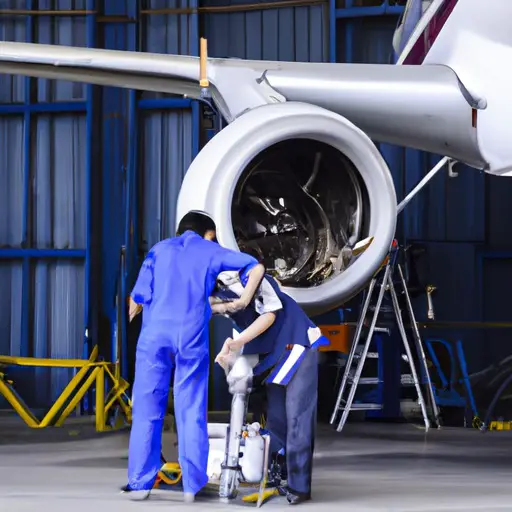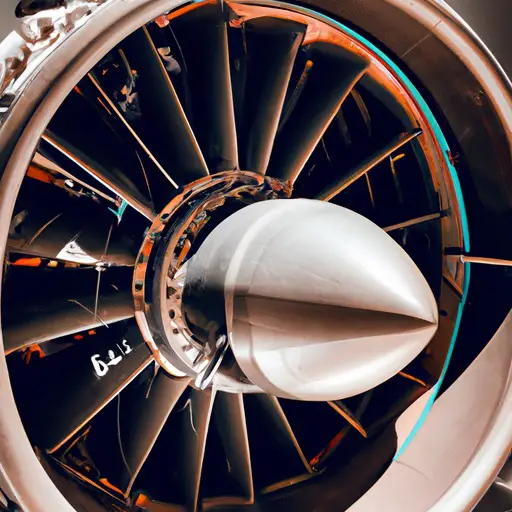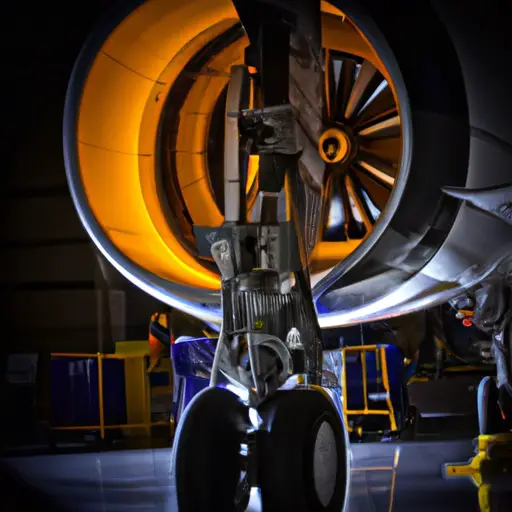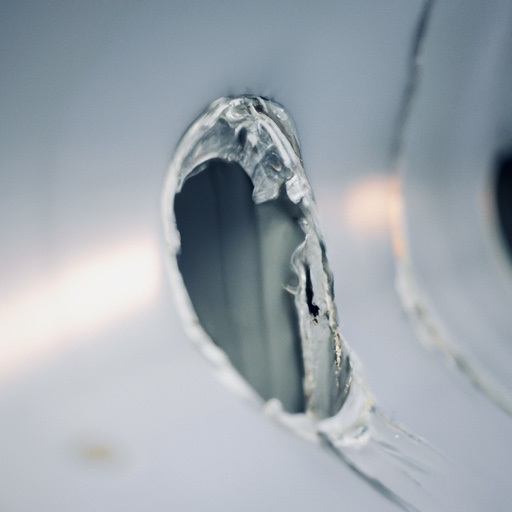
Aircraft Maintenance B Check
Aircraft maintenance is essential for ensuring the safety and optimal performance of aircraft, and one of the vital procedures in this process is the B check.
The B check is a comprehensive inspection carried out after a specific number of flight hours or calendar time.
This article delves into the importance of the B check, the aspects it covers, whether the B check is being phased out?, and how it differs from other aircraft maintenance checks.
Table of contents
Importance of B Checks in aviation safety
Aircraft maintenance checks are crucial for preserving the airworthiness and reliability of an aircraft. Among the various types of maintenance checks, the B check holds particular significance as it is more detailed than the A check, and less exhaustive than the C and D checks. This makes it an essential part of an aircraft’s routine maintenance program.
The B check is performed approximately every 6-8 months and takes about 160-180 man-hours, depending on the aircraft. It can be completed within 1–3 days at an airport hangar.
The primary goal of the B check is to identify and rectify any potential issues or defects that may have developed during the aircraft’s operation. This helps to prevent accidents and incidents, ensuring the safety of passengers and crew.
Additionally, the B check can enhance an aircraft’s overall performance and longevity by addressing minor issues before they escalate into more significant problems.
Components of the B Check
The B check typically covers the following aspects of aircraft maintenance:
Inspection of aircraft systems and components
During a B check, technicians thoroughly examine various aircraft systems and components, such as the avionics, hydraulics, and fuel systems. They also inspect the landing gear, flight control surfaces, and other structural elements to identify any signs of wear or damage.
Operational checks and functional testing
The B check includes a series of operational checks and functional tests to ensure that all aircraft systems are working correctly.
These tests may involve checking the functionality of the communication and navigation systems, verifying the proper operation of the aircraft’s lighting, and assessing the performance of the auxiliary power unit (APU).
Interior and Exterior Cleaning
An aircraft’s interior and exterior are thoroughly cleaned during the B check. This process involves cleaning the cabin, lavatories, and galleys and washing the aircraft’s exterior to remove dirt, grime, and other contaminants.
Lubrication and Fluid Replacement
Technicians perform lubrication and fluid replacement tasks during the B check, ensuring the smooth operation of various aircraft systems. This includes changing the engine oil, hydraulic fluid, and other essential fluids.
Minor Repairs and Adjustments
The B check also involves carrying out minor repairs and adjustments to address any identified issues. This may include tasks such as tightening loose fasteners, replacing worn seals, or adjusting the tension of control cables.
Do all aircraft require a B Check? Is B check being phased out?
While the B check has been a standard part of aircraft maintenance for many years, it is essential to note that not all aircraft require this particular inspection. The specific maintenance requirements for an aircraft depend on its type, age, usage, and the regulatory guidelines set by aviation authorities.
With the advancement of aviation technology and the development of more sophisticated aircraft, some manufacturers and operators have shifted towards adopting customized maintenance programs.
These programs, known as Maintenance Steering Group-3 (MSG-3) methodologies, are designed to optimize maintenance schedules based on individual aircraft’s actual performance and reliability data.
As a result, the traditional A, B, C, and D checks are gradually being replaced by task-oriented maintenance programs that focus on addressing specific maintenance tasks when needed, rather than following a predetermined schedule.
In the context of the B check, this means that some modern aircraft may not have a specific “B check” as part of their maintenance program. Instead, they may undergo a series of inspections and maintenance tasks tailored to their unique requirements. This approach allows for more efficient and cost-effective maintenance while still ensuring the safety and reliability of the aircraft.
However, it is important to remember that many older aircraft still operate under the traditional A, B, C, and D check maintenance schedules. For these aircraft, the B check remains a critical aspect of their maintenance program.
Thus, while the B check may be gradually phased out for some newer aircraft due to the adoption of customized maintenance programs, it still plays a crucial role in ensuring the safety and reliability of many older aircraft. It is essential for aviation professionals to be familiar with the specific maintenance requirements of the aircraft they work with and to adhere to the prescribed guidelines to maintain the highest level of safety and performance.
Difference between B Check and other maintenance checks
The B check is one of four primary aircraft maintenance checks, which also include the A, C, and D checks. Each of these checks serves a specific purpose and is carried out at varying intervals. Here’s a brief overview of the differences between the B check and other maintenance checks:
A Check
The A check is the most basic and frequent of all maintenance checks, typically performed every 400 to 600 flight hours or 200 to 300 flight cycles.
It involves a visual inspection of the aircraft’s exterior, a review of the logbook, and a few basic operational tests. The A check usually takes about 20 to 50 man-hours to complete and can be done overnight.
B Check
As mentioned earlier, the B check is more thorough than the A check and is performed every 6 to 8 months, depending on the aircraft type and its usage.
It involves a detailed inspection of aircraft systems and components, operational checks, functional testing, and minor repairs. The B check typically takes around 160 to 180 man-hours to complete and may require an aircraft to be out of service for 1 to 3 days.
C Check
The C check is a more in-depth maintenance inspection, carried out every 20 to 24 months. It involves a thorough examination of the aircraft’s structure, systems, and components, as well as more extensive repairs, modifications, and component replacements.
The C check requires about 6,000 man-hours to complete and may necessitate the aircraft being out of service for 1 to 2 weeks.
D Check
The D check is the most comprehensive and time-consuming of all maintenance checks. It is performed every 6 to 10 years, depending on the aircraft type and its usage.
The D check involves a complete disassembly and inspection of the aircraft, with a focus on identifying and repairing any structural or corrosion-related issues.
This check can take up to 50,000 man-hours to complete and requires the aircraft to be out of service for 1 to 2 months.
Conclusion
The B check is a critical component of aircraft maintenance and should not be overlooked. Although some modern aircraft may not have specific B checks as part of their maintenance program, it still plays an important role in ensuring the safety and reliability of many older aircraft.
It is essential for aviation maintenance personnel to be familiar with the specific maintenance requirements of the aircraft they work with and to adhere to the prescribed guidelines for optimal results.
The A, C, and D checks also serve their respective purposes, each requiring varying amounts of time for completion. By understanding the differences between these checks, you can ensure that aircraft stay in optimal condition and that safety and reliability are never compromised.


